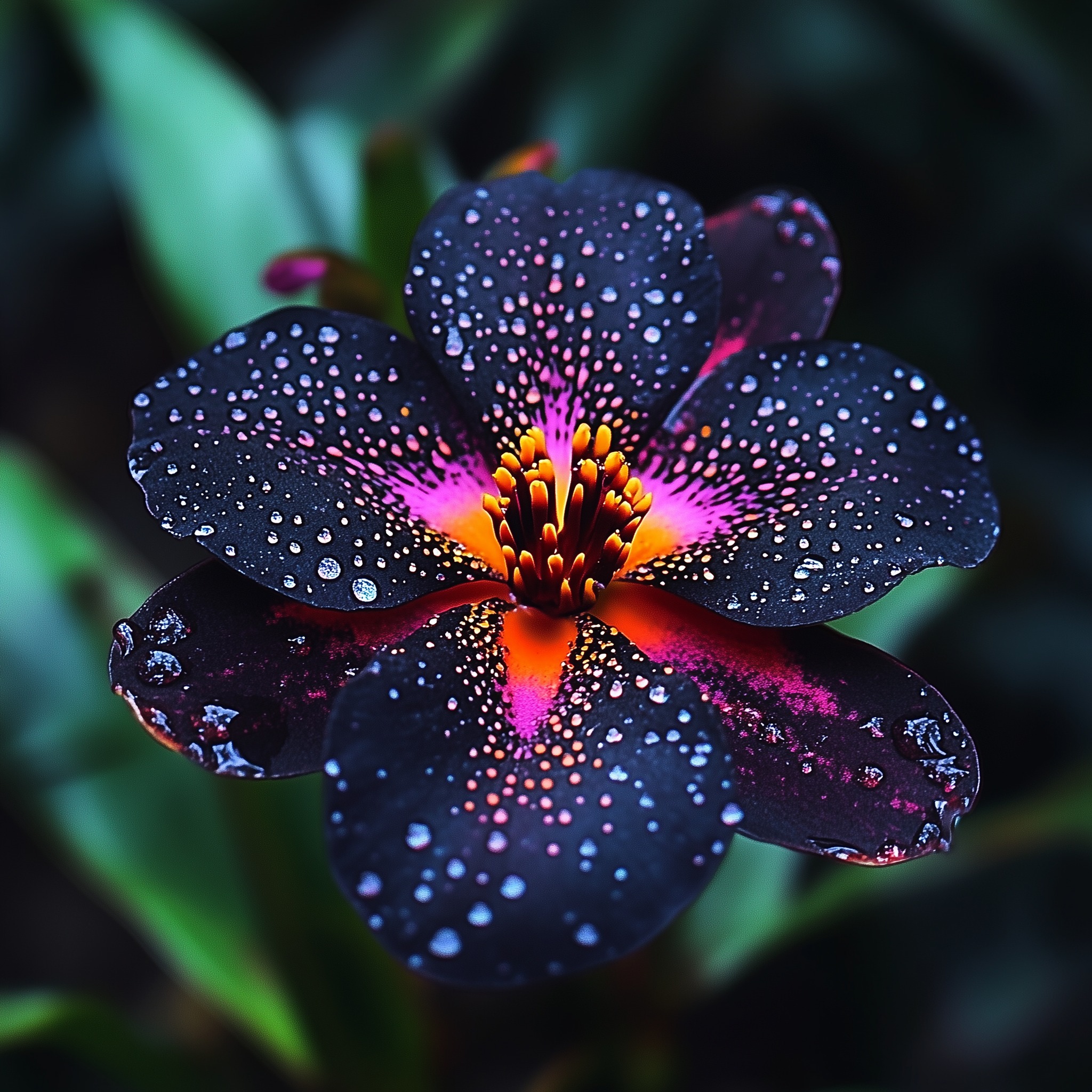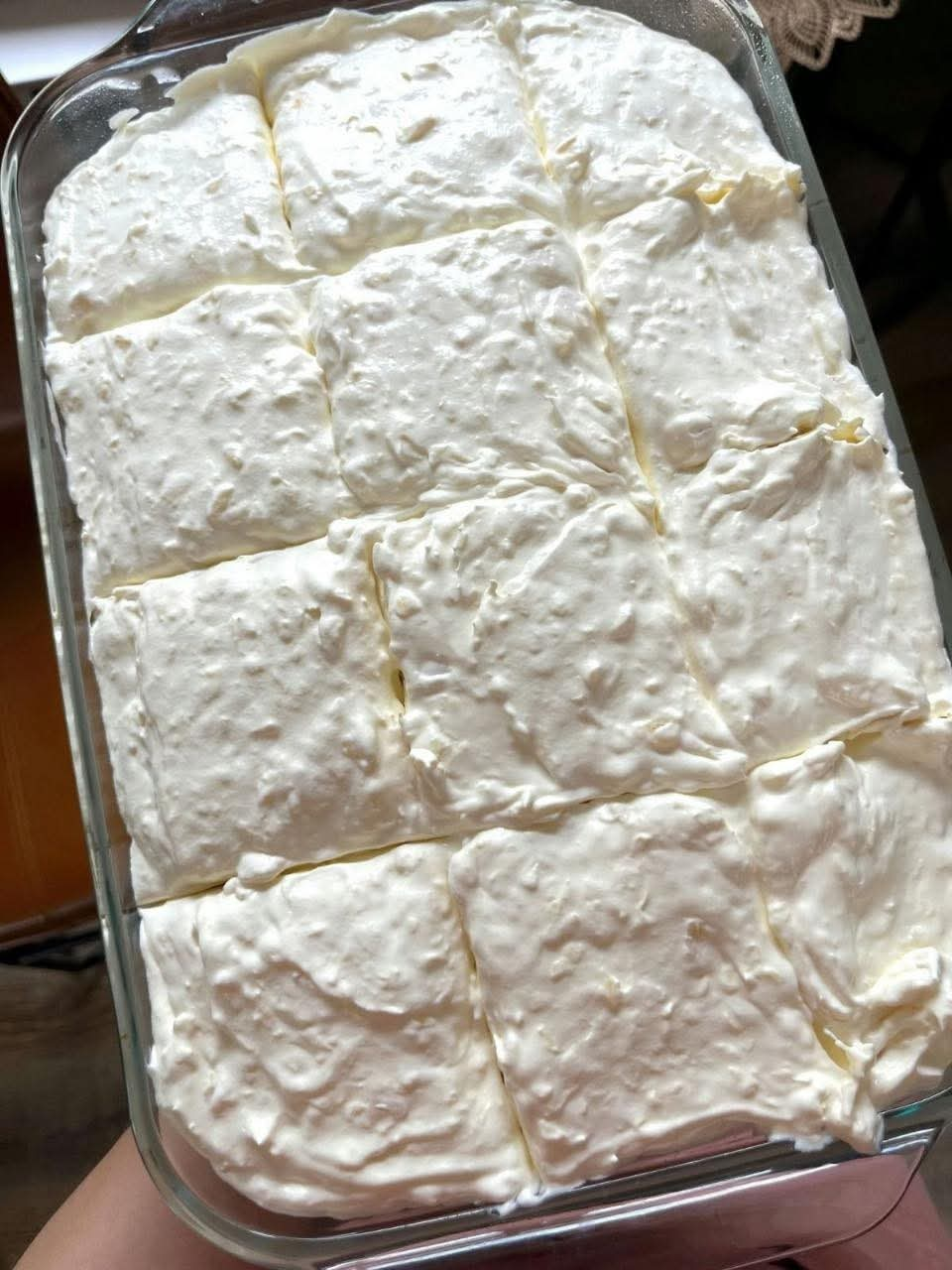The Silvia plant, also known as Salvia, is a standout in gardens due to its vibrant spiky flowers and aromatic foliage. With its tall, upright growth and an array of color options ranging from blue and purple to red, it adds both drama and elegance to any garden. Not only does Silvia provide aesthetic appeal, but it also plays an important role in attracting pollinators like bees and butterflies, making it a perfect choice for pollinator-friendly gardens. Whether you’re looking for a striking border plant or a colorful addition to your balcony, Silvia is a fantastic option.
Key Growing Conditions
Light: Full sun to partial shade
Silvia thrives in full sun but can tolerate partial shade, especially in areas with intense afternoon heat. To ensure optimal growth and abundant blooms, place your Silvia in an area that receives at least 6 hours of direct sunlight per day. In shadier spots, the plant may still grow but may not flower as prolifically. A sunny location encourages healthy growth, vibrant flowers, and an overall robust plant.
Water: Deep watering, but allow soil to dry between waterings
Silvia is relatively drought-tolerant once established, making it an excellent choice for low-maintenance gardeners. While the plant requires deep watering, it’s important to allow the soil to dry out between waterings to avoid root rot. Over-watering or keeping the soil constantly moist can lead to unhealthy root systems. A good watering routine is to deeply water once a week, or as needed, depending on the climate and soil conditions.
Soil: Well-draining, slightly alkaline to neutral soil
Silvia thrives in well-draining soil with a slightly alkaline to neutral pH. Good drainage is essential to prevent water from pooling around the roots, which can lead to root rot. If your garden has heavy, clay-like soil, amend it with organic matter like compost or sand to improve drainage. Slightly alkaline soil is ideal for Silvia, so if your garden soil is more acidic, consider adding lime to raise the pH.
Temperature: Thrives in warm climates, 60-80°F (15-27°C)
Silvia is best suited for warm climates, with an ideal temperature range between 60 and 80°F (15-27°C). It can tolerate higher temperatures but may struggle in extreme heat, especially if not given adequate water. If growing in cooler climates, consider planting Silvia in containers that can be moved indoors or to sheltered areas during frost. This plant is not frost-tolerant, so it’s important to protect it during the colder months if you live in a region with freezing temperatures.
Humidity: Prefers low to moderate humidity
Silvia prefers low to moderate humidity levels and can tolerate dry conditions once established. It does not thrive in high humidity environments, where fungal diseases may become an issue. In more humid areas, ensure good airflow around the plant to reduce the likelihood of mold and mildew. Proper spacing and pruning help maintain healthy airflow, ensuring that the plant remains robust and free from disease.
Care and Maintenance
Deadheading: Remove spent flowers to encourage continuous blooming
To extend the flowering period and promote the growth of new blooms, deadhead spent flowers by cutting them off at the base of the flower spike. Regular deadheading prevents the plant from putting energy into producing seeds and redirects it into producing more flowers. This practice ensures a continuous show of vibrant color throughout the growing season.
Fertilization: Apply balanced fertilizer in early spring
Fertilize your Silvia once in early spring with a balanced, slow-release fertilizer. This encourages healthy growth and vibrant blooms. You can also use a liquid fertilizer during the growing season for a quick nutrient boost. Avoid over-fertilizing, as excessive nitrogen can lead to lush foliage growth with fewer flowers. For the best results, aim for a balanced fertilizer with equal parts nitrogen, phosphorus, and potassium.
Pruning: Light pruning to maintain shape and encourage new blooms
Prune your Silvia lightly throughout the growing season to maintain its shape and encourage new growth. In early spring, you can cut back dead stems and spent flower spikes to tidy up the plant. Pruning will also help the plant to focus energy on producing fresh flowers and maintaining a compact, attractive shape. In warmer climates, some Silvia varieties may continue to bloom year-round, while others may need to be pruned back in fall for the winter months.
Additional Tips
Attracting Pollinators: Silvia is known for attracting pollinators such as bees, butterflies, and hummingbirds. Its vibrant, nectar-rich flowers are a favorite among these beneficial insects. Planting Silvia in areas where pollination is important will not only benefit the plant but also help support local wildlife.
Companion Plants: Silvia pairs well with other drought-tolerant plants, such as lavender, rosemary, or coneflowers. These plants have similar care requirements and can create a beautiful, harmonious garden setting. When planting Silvia alongside other perennials, be sure to provide enough space for it to grow and spread naturally.
Container Gardening: Silvia can be grown in containers, making it an excellent choice for small gardens, patios, and balconies. If planting in a pot, ensure the container has good drainage holes and use a well-draining potting mix. This plant is well-suited to container gardening due to its manageable size and drought tolerance.
Conclusion
Silvia (Salvia spp.) is a hardy, low-maintenance plant that can elevate any garden with its tall, spiky flowers and fragrant foliage. Perfect for sunny spots and attracting pollinators, Silvia is ideal for those who want to add color and texture to their garden with minimal effort. Whether used as a border, in containers, or as a focal point in a mixed garden, Silvia brings year-round beauty and charm. With its simple care requirements and stunning visual appeal, Silvia is a must-have for gardeners looking to combine ease with elegance.
More Articles You Might Like
-
Texas Toast Sloppy Joes: The Crunchy, Cheesy Upgrade You Didn’t Know You Needed
There’s something timeless about sloppy joes. For generations, this saucy, savory, and slightly sweet ground beef sandwich has been a go-to comfort food in American kitchens. It’s quick, filling, and family-friendly—perfect for busy weeknights. But what if we told you there’s a way to take this classic dish up a notch? Enter the Texas Toast…
-
Classic Pig Pickin’ Cake
When it comes to Southern desserts, few sweets shine as brightly as the Classic Pig Pickin’ Cake. This nostalgic cake, sometimes called a “Mandarin Orange Cake,” has roots deep in Southern tradition. It gets its playful name from its frequent appearance at pig pickin’s—Southern-style barbecue gatherings where communities come together to enjoy slow-cooked pork, sides,…
-
Lemon Garlic Butter Chicken with Creamy Parmesan Pasta
There’s something irresistible about the combination of tender, golden-browned chicken paired with a creamy pasta coated in Parmesan cheese. Add the brightness of lemon, the depth of garlic, and the richness of butter, and you have a recipe that feels indulgent yet approachable enough for a weeknight dinner. Lemon Garlic Butter Chicken with Creamy Parmesan…



